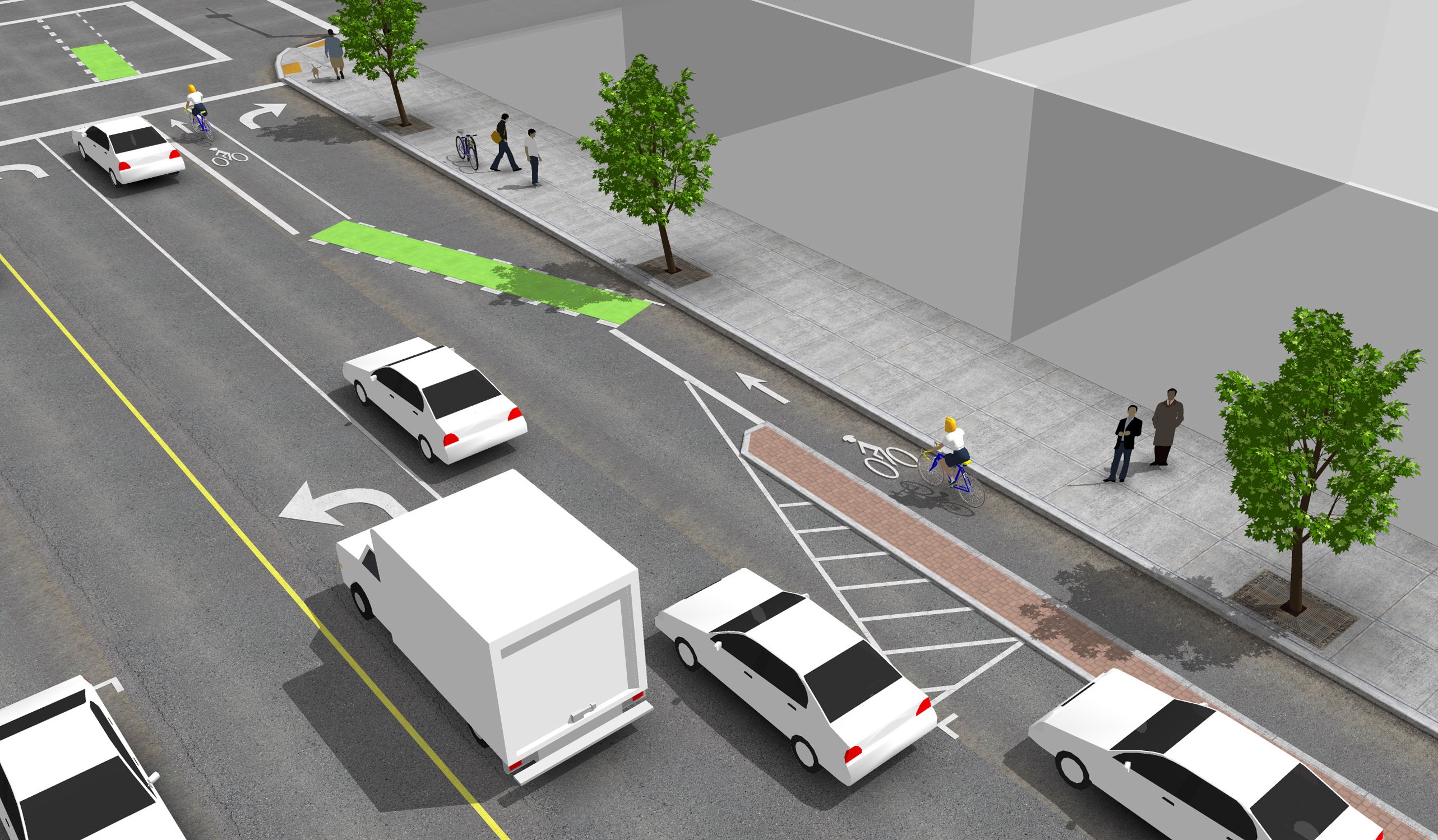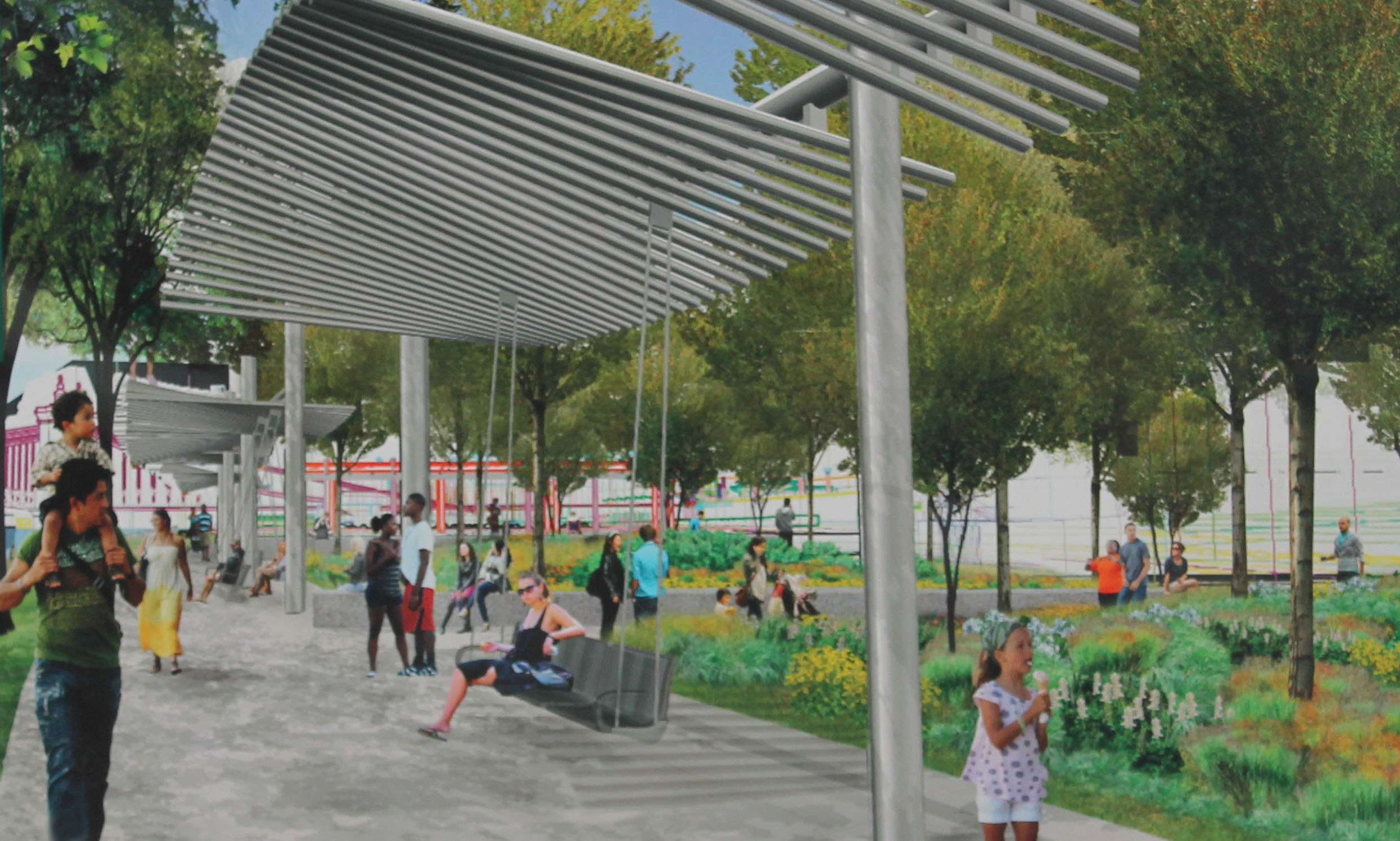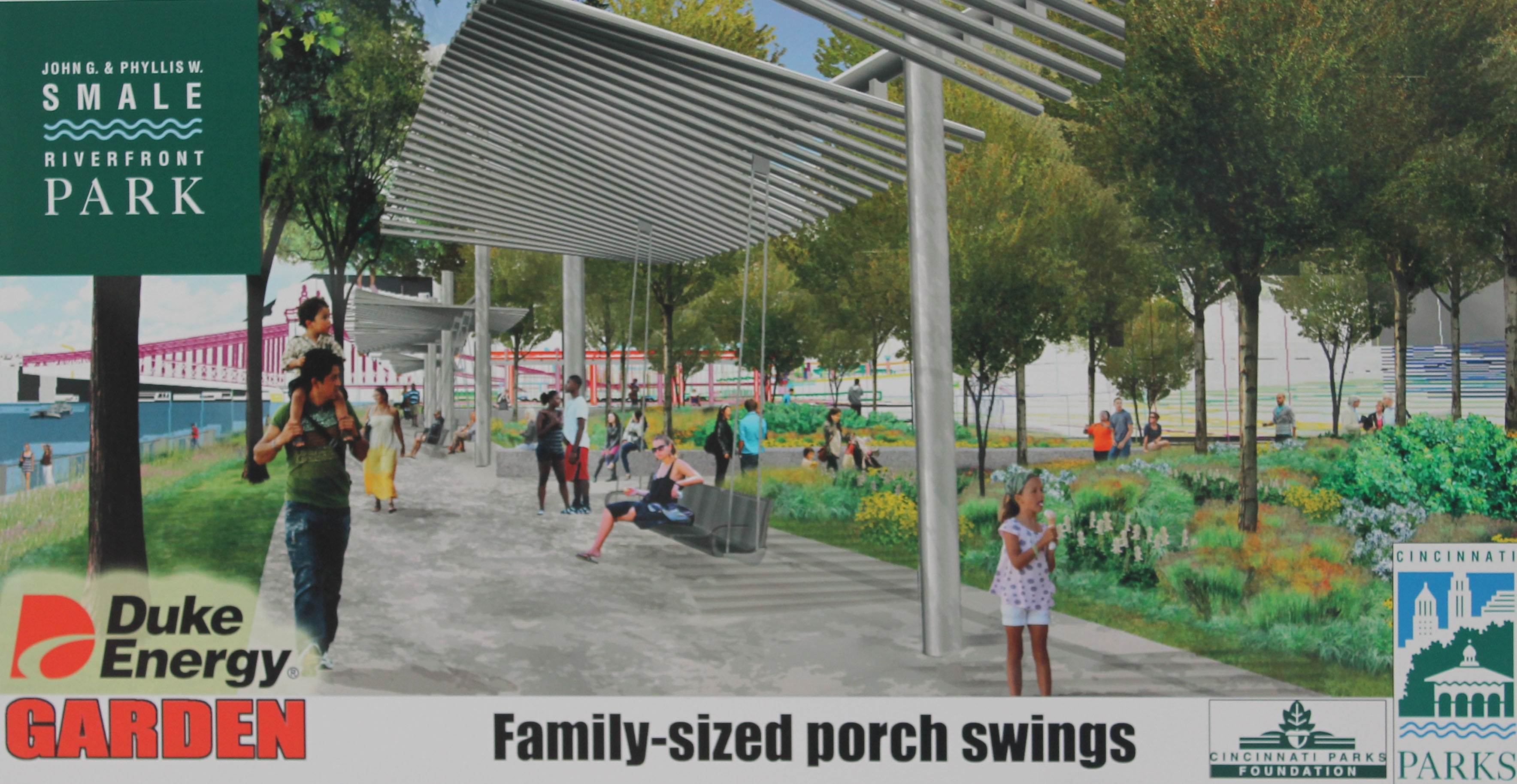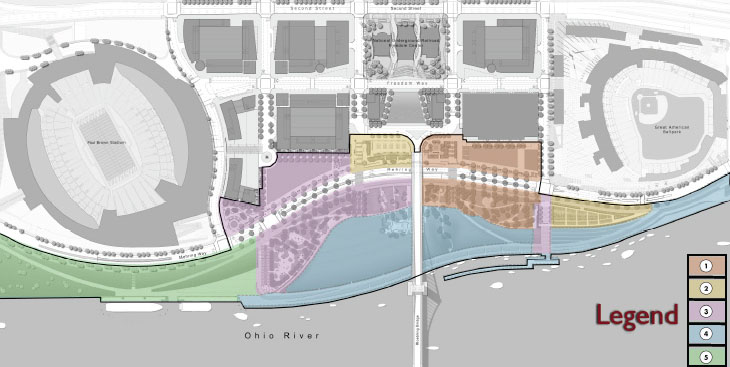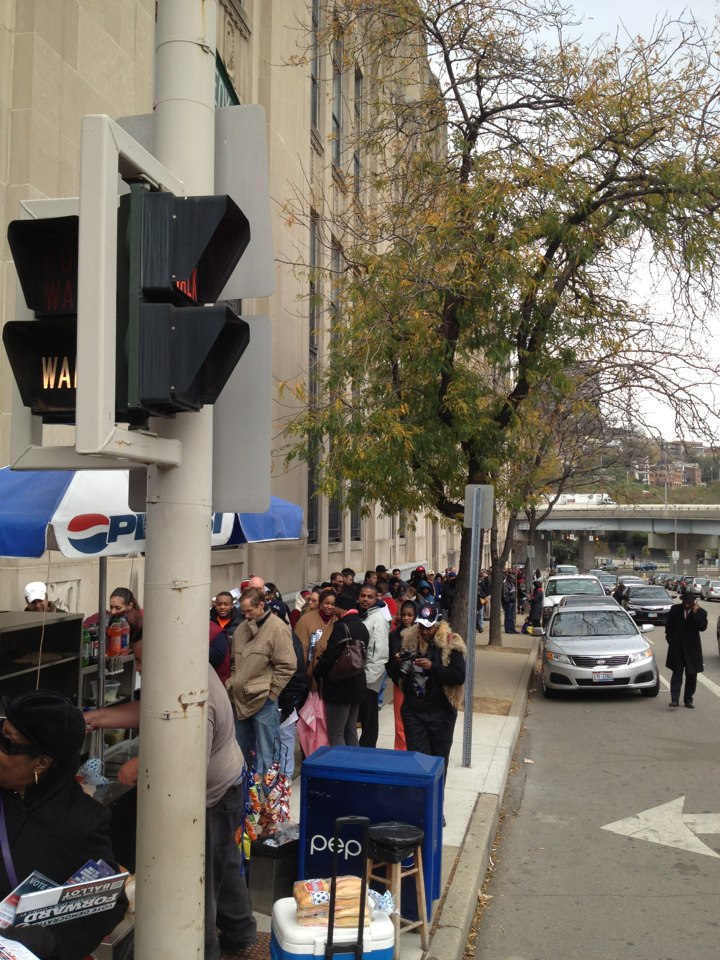
Early voting for this 2012 election season comes to an end today. Those registered to vote, in Hamilton County, will be able to do so by visiting the Board of Elections office at 824 Broadway Street from 8am to 2pm.
According to the Hamilton County Board of Elections, 564,429 people have been registered to vote in Hamilton County – a number slightly higher than that in 2008. The difference between 564,429 voters in 2012, however, is that their early voting days have been greatly reduced.
On top of the reduced number of days to vote early, voters across Ohio are only allowed to cast an early vote at one location per county. This means that voters in heavily populated counties with big cities are subjected to longer waits. So far, voters in Hamilton County have reported up to 4.5-hour-long waits downtown.
Polling numbers show an incredibly tight presidential race that may come down to how Ohio votes on Tuesday. Furthermore, with Hamilton County being the most populated swing county in Ohio, the race for the presidency may end up being decided in Cincinnati. It’s no wonder President Obama (D) held a rally before 13,500 people at the University of Cincinnati last night.
UrbanCincy would like to see all voters offered the opportunity to cast their ballot for every election. It is extremely unfortunate, however, that the cities are at the front line of having voting capacity restricted.
Not only do politicians in Washington D.C. rarely talk about cities, which include the vast majority of Americans, but the fact that a segment of those politicians are actively working to reduce the ability of urban voters to vote is truly disgusting.
While it is too late to change anything for this election, we would like to see the administration of Governor Kasich (R) move quickly to expand early voting for future elections, and expand the number of voting locations in each county based on population totals.

